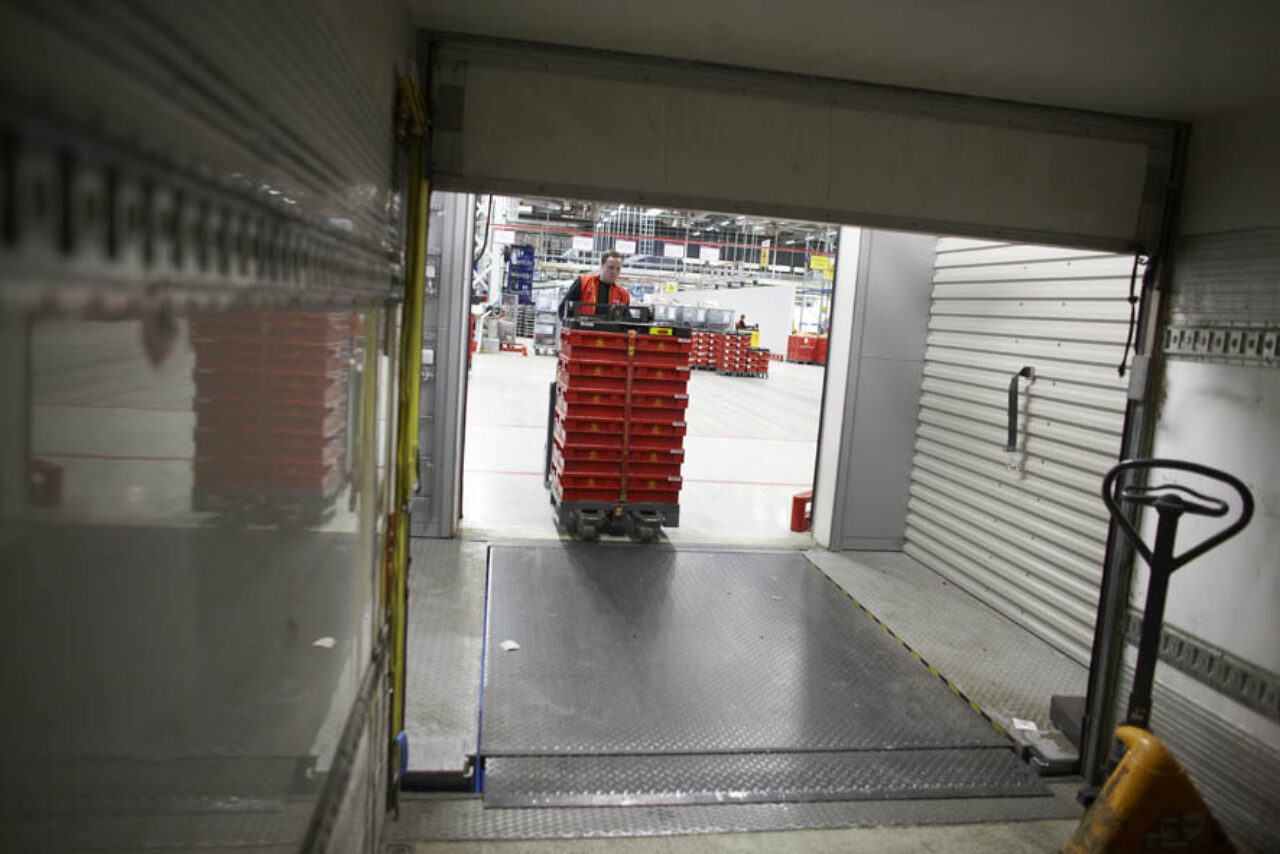Future scenario: AI helps route planning in dynamic parcel network
For years now, it has been widely accepted that the CEP industry needs to find a way to limit the transport of air.

For years now, it has been widely accepted that the CEP industry needs to find a way to limit the transport of air.
When CEP trucks travel routes half-empty, it is neither economical nor environmental.
Half-empty trucks travel routes for three reasons:
The growth of Q-Commerce – the increasing demand for fast deliveries – would appear to suggest frequent routes are still essential.
However, conversely perhaps, the pressure on CEP companies to provide fast domestic parcel deliveries has been reduced in recent years.
For example, fewer national carriers have national remits to provide next day delivery – often because the remits were ripped up when they became privatised – end-consumers are increasingly open to the idea of waiting a few more days for a non-essential delivery, such as a book.
This means these traditional CEP companies, and others, can facilitate their customers with slower deliveries and select the timing of their routes depending on demand. For a fast service, meanwhile, customers will have to pay a premium rate.
But this still leaves CEP companies with a problem: how can they coordinate their truck routes to ensure a mass convergence does not stretch the capacity of their parcel sortation centres?
A study, ‘Artificial Intelligence in the CEP Industry by BPEX and Lufthansa’, draws attention to how CEP operators can harness AI-powered software to evaluate data to better coordinate routes prone to running under capacity, enabling intelligent scheduling of parcel pick-ups, along with dynamic route and intelligent time slot optimisation.
The study suggests that AI technology, which continues to make significant month-on-month advances, can solve the problem of “unused capacities and overloading at the transshipment points” to enhance the intelligent network operations.
At present, the route coordination does not adequately take into account the following data about the transshipment point:
Furthermore, many CEP operators are not fully utilising data concerning the parcels earmarked for the transshipment point.
It’s only by using all of the available data (real-time vehicle locations, parcel destinations, up-to-date workforce information etc) that CEP operators can work out how to transport parcels to the transshipment point in the fewest possible vehicles.
The data will help them to respond in real time to dynamic circumstances: for example, to pick optimum handover destinations where vehicles can merge their parcels.
This will mean the CEP operator will require fewer drivers at a time when there are labour shortages, improve their ESG scorecard (unlike local delivery vans, the majority of trucks are fuelled by petrol or diesel) and ensure the transshipment point has fewer vehicles to process.

By dynamically adjusting deliveries to the transshipment points in this way, CEP operators can keep a better handle on the capacity and to scale up and down when needed.
Emerging AI tools that analyse data to improve the efficiency of deliveries will play a large role in bringing about Dynamic Parcel Networks – a future scenario envisaged by the CEP industry in which all processes will be touchless.
Given the increasing labour shortages blighting the industry – most particularly affecting drivers – the automation could not come at a better time, as it will radically shorten driving hours.
Limiting the transport of air is a major focus for innovators as it is the key to reducing the number of vehicles and routes in operation.
Once optimised, the Dynamic Parcel Networks will change the industry forever, offering CEP operators a more viable, ESG-friendly way of transporting parcels, whilst offering businesses, and possibly also consumers, pricing models based on predictions of customer needs.
Harnessing data will be one of the keys to optimising the Dynamic Parcel Networks of the future, and AI will play a large role in helping CEP operators to optimise their operations. However, while you could say AI has shown operators a new way of optimising transport – so they are full to their capacity, and that arrival times at transshipment points are coordinated to avoid over-capacity – it has also opened the door to untold possibilities involving the harnessing of data. The Dynamic Parcel
Networks of the future really do have unlimited potential.